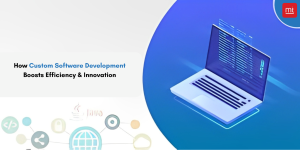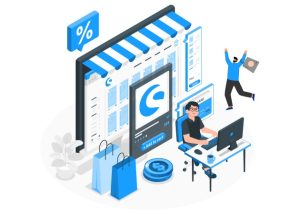Features of Good Software Suitable for College Students

Learning software is no longer a nice thing to have. It is a must-have.
Learning software has made considerable gains in education, key among them increasing engagement, helping students explore concepts better, and even incentivizing extra study time.
However, just like most things, this software are not created equal. For students and educators, the goal is to be able to identify the best software that will deliver the best results in learning.
How do you identify these? Here are some features to look out for.
Virtual Classroom Platform
The best learning software today offer virtual classrooms where students are able to learn and engage in a classroom setting, irrespective of their location.
A virtual classroom has two-way writing control, a whiteboard and recording features.
Instructors can also use this feature to share screens and videos in what is commonly known as an instructor-led class.
Some platforms also support class and group discussion, making collaborations possible.
Indeed, collaboration is a huge part of learning. Whether with classmates or external sources. Visit this website to see some external resources you could use for your coursework.
Support Video-Content
The human brain processes images 60,000 times faster than it does text.
In fact, in one study, participants were proven to have retained 10-20 of the information delivered in text. The same participants retained 65% of the same information when delivered visually.
This speaks to the value of visuals in learning, including charts, graphs and videos, as well as the need to find platforms that support them.
Learning software allows students to not only access visual content, but also to manipulate it. They can zoom, fast-forward and rewind lessons.
This interactivity means a student can learn optimally at their pace.
Online and Offline Access
This feature ensures that the learning software can be accessed online and offline.
This feature is non-restrictive as it allows students to download content to study later when they do not have internet access.
This means that students can study while traveling, when commuting and virtually anywhere they get the chance to, without worrying about having an internet connection.
Storage
Because the load of content differs from one student to the next, it’s advisable to identify software with adequate storage.
Platforms that allow a student to download information and files should also have reasonable storage space for these files.
User-Friendly
This requires a good UI and UX as these are inter-dependent and optimizing these make a website pleasant to use.
UI is the user interface and includes a screen, keypad, sounds and touchscreens. UX, on the other hand, relates to user experience,
These two are interlinked in that the UI is what determines the kind of experience students have on a software.
If it’s pleasant and easy to use, it motivates learners to use it more. The reverse is also true.
In this regard, take into account how seamlessly you can navigate a learning software.
Another aspect of user-friendliness is apps that allow mobile learning for both ioS and Android. Learning platforms that would enable learners to access course work and lectures through their phones adds an element of convenience and accessibility to learning.
Personalizes Learning
An educational platform that personalizes learning is more ideal than one that doesn’t.
A great app includes features like providing multiple assessments and tests, offering feedback, customized learning and giving corrections.
This personalization also seeps over to the generation of personalized reports and analytics. This provides students with road maps of what they have covered, what they need to cover and their performances on mock tests.
Students can use this information to gauge themselves and seek further help when need be.






